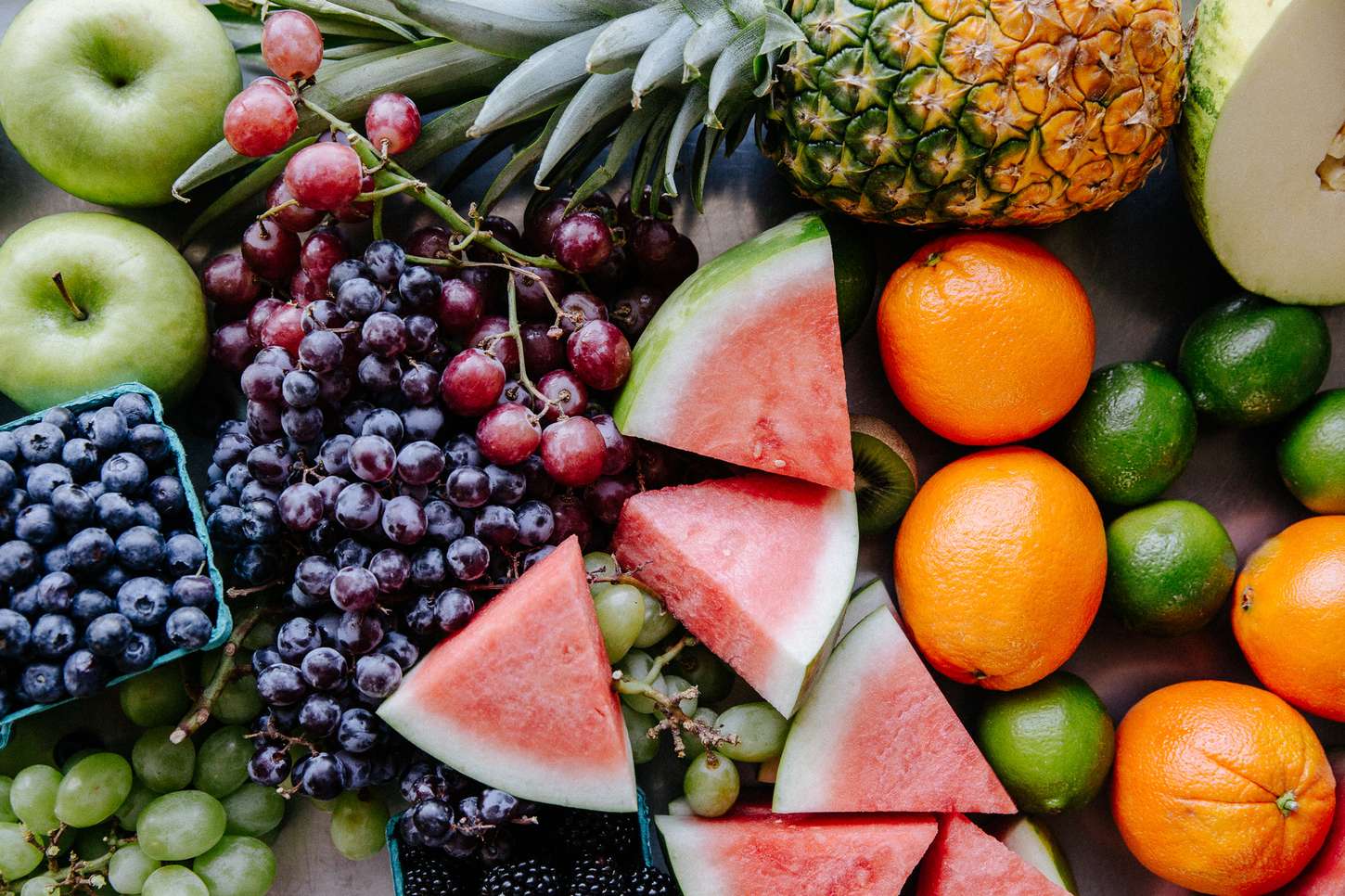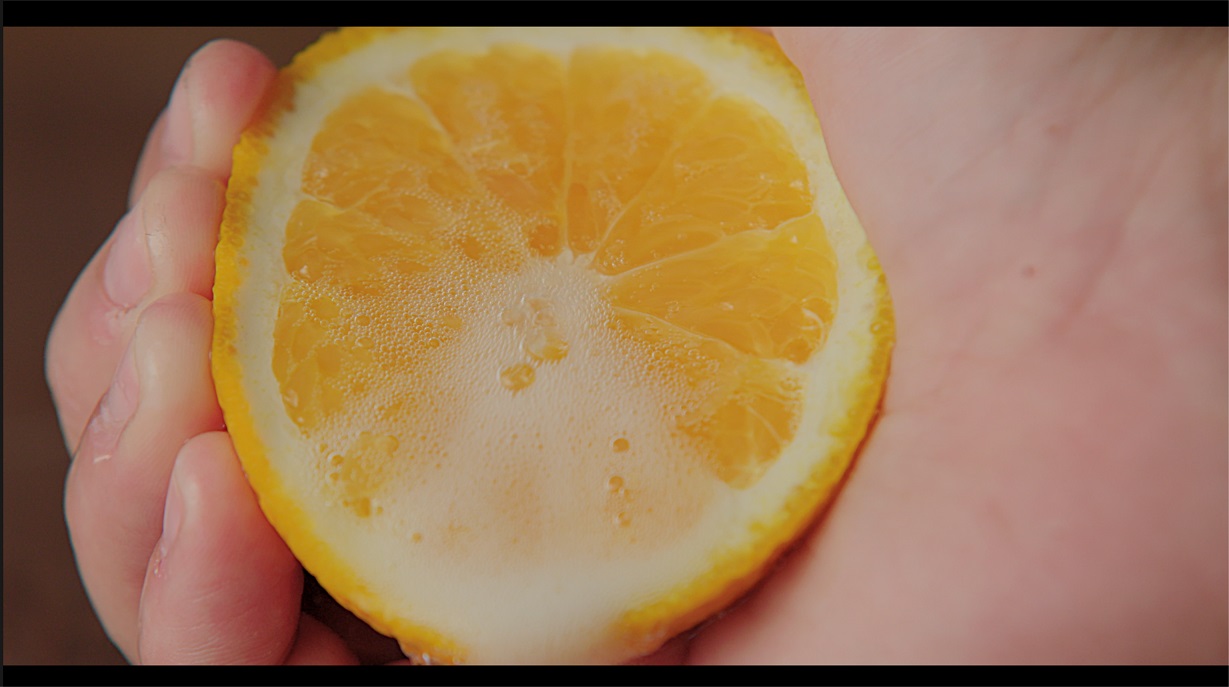Fizzy fruit – a new spin on fun and tasty party treats (how-to video included!)
When was the last time you went to a holiday party and tried a truly unique dish or bite-sized hors d’oeuvre that you couldn’t forget? Better still, when was the last time you got to taste something that was both fun and delicious? Fizzy fruit could turn those so-so experiences on their head.
Now, if you’ve been to a Kiss the Cook-catered event, the answer to that question is: the last time I was at a Kiss the Cook event, of course! Otherwise, your response is probably: Not recently. Well, we have your next, favourite party trick—one sure to blow the minds of your guests this holiday season.
Think of it as simple kitchen science that delivers a huge party-time return on investment. Or maybe a bit of molecular gastronomy that doesn’t require years of kitchen apprenticeship to perfect. We’re talking about fizzy fruit, the latest tech-forward cuisine craze that’s putting a little extra pop in everything from grapes to guavas.

Most foodies have heard of the work of uber chefs such as Grant Achatz and Ferran Adria. These masters have taken fine dining to new levels by transforming otherwise ordinary dishes into mouth-watering experiences using gases, a range of scientific tools and other gadgets. Their work is an amazing feat of culinary ingenuity, but it’s pretty hard to recreate in your own kitchen unless you have ample training—not to mention the creative flare of a world-renowned chef.
Fizzy fruit brings molecular gastronomy to the masses. It’s an exciting trick that uses dry ice to transform fruit—strawberries, grapes, satsuma, oranges and blueberries are some of the best choices due to their acidity and juiciness—through carbonation. That’s right. The right amount of dry ice and timing turns everyday fruits into nature’s equivalent of Pop Rocks, the super-fun candy many of us ate as kids.
The process is quite simple. The dry ice creates bubbles of concentrated carbon dioxide in the fruit. When you bite into a fizzy grape, for example, it actually causes a pain response in your mouth—but don’t worry, that sensation only lasts for a split second. In fact, anyone who drinks pop experiences it whenever they take a sip of their favourite drink.

The interesting thing is that the smell and taste of the fruit becomes intensified by that nerve response. That means a flavour explosion every time you bite down on one of these treats.
So, now that the science is out of the way, let’s get down to business. Here’s how to make your fruit fizzy:
–Look around your kitchen and find a container with a lid. This could be a dutch oven, cooler or a large container. It can be metal or plastic—doesn’t matter, as long as it can be sealed
–Purchase about 500g of dry ice (you’ll need more or less depending on the size of your container, but this is about the right amount for a large cooler)
–Cover the dry ice in a clean kitchen towel and place it at the bottom of your container. You are simply creating a barrier between the dry ice and fruit, otherwise you’ll be disappointed to find frozen fruit instead of the fizzy kind!
–Add fruit. Make sure your fruit has been refrigerated prior to making it fizzy—it’s an essential step to help ensure the desired effect
–Seal the whole container by wrapping it in plastic wrap and let rest for 12 hours
–When time is up, unwrap and eat up! The carbonation will fizzle out in time, so you’ll want to eat as soon as possible for the fizziest effects

To make it even easier, we’ve produced a Fizzy Fruit video to guide you through the process step-by step. Try this and we guarantee that you’ll never look at fruit the same way again!
[embedyt] https://www.youtube.com/watch?v=ncNKGW-wnDc[/embedyt]
Bonus tip: How to handle dry ice
Dry ice is the key ingredient to making this fun and delicious party trick work—but it takes a bit of know-how to handle properly. Because it’s so cold (-78.5°C, to be exact) it can cause skin cells to freeze with prolonged contact. The resulting injury is similar to a burn.
It’s important to always handle dry ice with a towel, oven mitt or leather or other thick gloves, and keep it stored in an insulated container to slow down sublimation (the dry ice equivalent of melting). Here’s the catch: the container shouldn’t be completely air tight, because as dry ice changes to carbon dioxide, an airtight container will start to expand and could eventually explode.
Making fizzy fruits that burst with flavour in your mouth is the goal here—not blowing up coolers!
Lastly, make sure you transport dry ice in an insulated container and if it’s inside a vehicle for more than 15 minutes, crack a window and ensure there’s air flow.
Enjoy!
